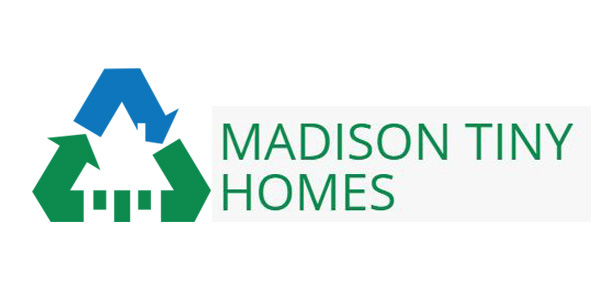
What factors do you consider when buying a home? Perhaps your income, the cost of the home and the amount of time it will take until you pay off your mortgage. Now imagine designing your dream home, getting it built in less than a month, having no mortgage and having a positive impact on the environment. There’s only one catch: it must be less than 500 square feet.
Gabe Achten and Chris Muchka, both former contractors, founded Madison Tiny Homes in February 2016. Achten and Muchka, along with a team of contractors, design and build tiny houses while focusing on sustainable living and land development solutions.
“Tiny homes tend to have a less negative impact on the environment and carries that into a general, eco-friendly way of life,” Managing Partner Mike Wagner said. “It was Chris and Gabe’s inspiration and pulse of the market that spurred them to create Madison Tiny Homes.”
A tiny house can be designed from scratch or chosen from an existing design. The construction phase takes a few weeks to a month. According to Madison Tiny Homes, an average tiny house is 186 square feet and costs $23,000 from start to finish, while an average house in the United States is 2,100 square feet and costs $272,000. Seventy-eight percent of tiny house occupants own their home, and 89 percent have less credit card debt than the average American.
Madison Tiny Homes targets empty-nesters and millennials just starting their careers.
“They, in particular, have a more ‘life is an experience’ viewpoint and don’t see the need to spend money that could be used to travel on extra square footage never used,” Wagner said.
The company works with individual to large development firms and local municipalities. Although the majority of its business has been in Wisconsin, it is open to project inquiries across the nation.
Since the 1950s, the average square footage of a U.S. home has increased, and that is not sustainable, Wagner said. Madison Tiny Homes aims to disrupt the housing market by shifting the paradigm toward sustainable living within one’s means.
“We want to become the go-to name when people in Wisconsin and the Midwest think of tiny homes,” Wagner said.

